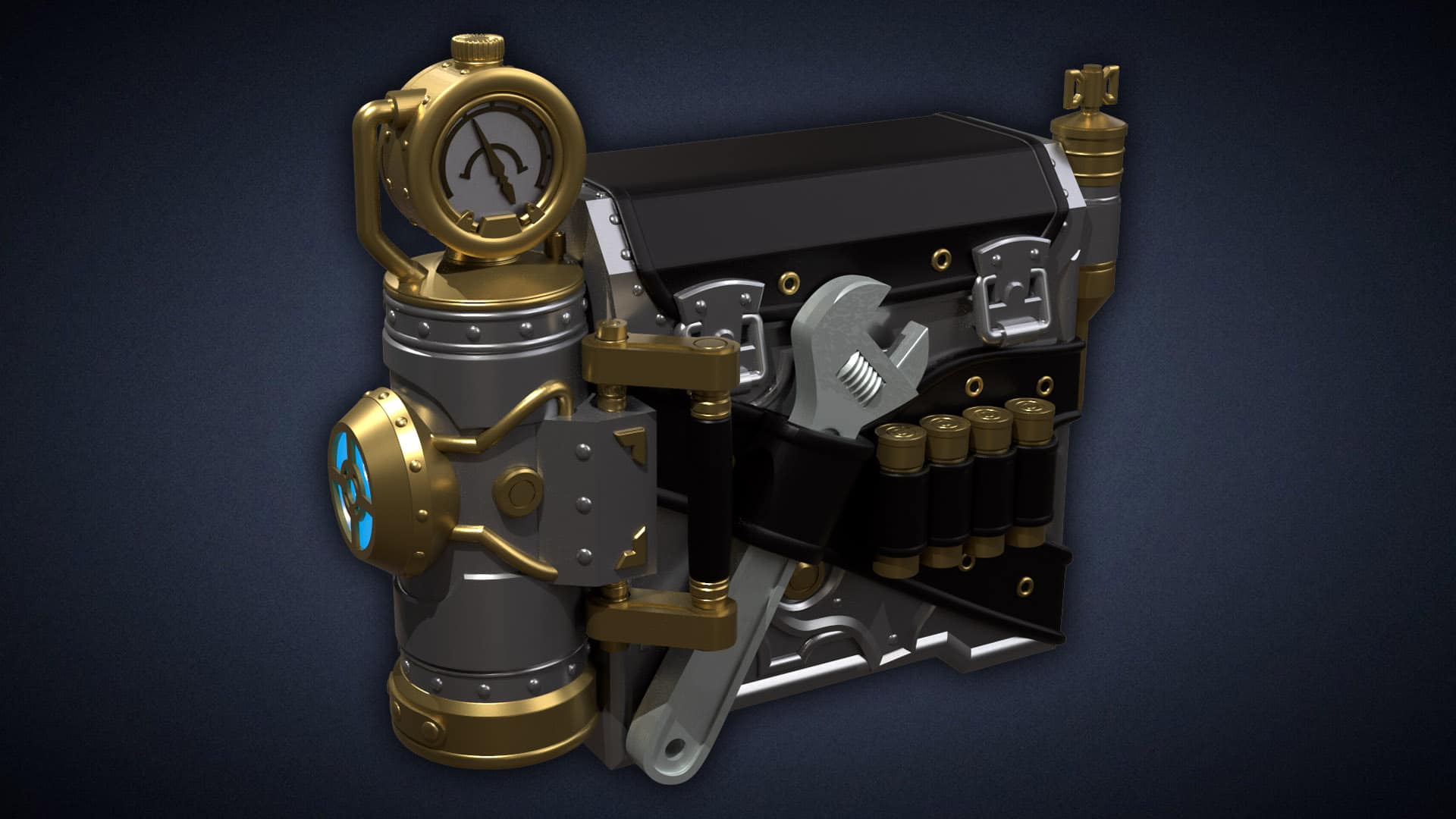After weeks of sanding through the evenings on this thing, the antiquated murgleis is finally coming together! We fully assembled the prop, which is not something I actually planned on doing at this stage; my initial preference was to have the blade, quillions, and shield as separate parts for painting. However, assembly ended up being basically unavoidable. The big issue was making sure all of the parts lined up and fit together properly. The last thing I wanted was to paint the parts, go to assemble everything, and discover (to my horror) that there were issues getting everything to plug together. As I mentioned in one of my previous posts, I took great pains to build in a ‘keyed’ design on the connections between parts to guarantee that they would line up correctly, but even with that in place a small difference of a degree or two at the base of one of the quillions could amount to a big offset over the distance they span! Painting will be a bit more difficult with everything attached, but I’m confident it’s something we can overcome.
The assembled blade weighs approximately 3 pounds, which I think is actually a pretty good accomplishment given just how big the damn thing is. It’s incredibly satisfying to finally hold the thing.
Now, this being the internet, it would be trivially easy for me to pretend everything about this project has come together without a hitch. That’s not true, and I owe you guys a debt of honesty for taking the time and trouble to read about the project. I’m wrestling with one final issue right now with the sword, and that is the matter of structural strength. As mentioned in one of our previous posts, the sword was printed in a number of sections out of necessity. I wish I could claim to have a printer big enough to spit this thing out in one go, but the blade had to be done in six separate parts. A trio of carbon fiber supports throughout the length of the prop. I used Weld-On 3 as a chemical solvent to ‘melt’ the sections of the blade together as I assembled them, and I also coated the carbon fiber rods in a layer of JB-Weld Epoxy to ensure everything would stay together. All of these combined mean that I could probably apply every bit of my strength towards trying to pull the sections of the blade apart without success.
However.
Plastic, carbon fiber, and epoxy are not rigid metal. They are strong and durable, but even so they do permit a tiny bit of flexibility. That flexibility, when compounded over the length of four feet of blade, ends up putting a surprising amount of force on the seams of the blade sections. The end result? The two sections closest to the handle have developed hairline fractures across the width of the seam where the parts were joined.
It’s such a minor thing, but it has driven me a bit nuts. I’ve tried automotive epoxies, fillers, all sorts of things to fill the cracks in, but those treat the symptom – the crack – and not the cause.
In order to remedy this, we’re going to be trying to fiberglass the blade edges along their entire length. I don’t think the fiberglass will stop the incredibly minor flex of the blade, but I do believe that it will end up bridging any points of possible separation such that the hairline cracks will never get an opportunity to develop. Either way, I’m sure it’ll be an interesting experiment!



